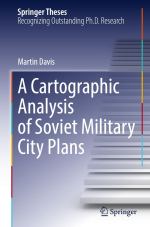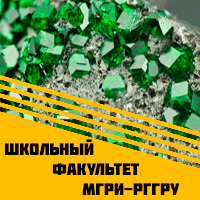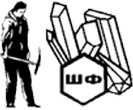Добрый день, Коллеги. Важное сообщение, просьба принять участие. Музей Ферсмана ищет помощь для реставрационных работ в помещении. Подробности по ссылке
A cartographic analysis of soviet military city plans / Картографический анализ планов советских военных городов
The collapse of the Soviet Union has seen the emergence of its unprecedentedly comprehensive global military mapping programme and the commercial availability of a vast number of detailed topographic maps and city plans at several scales. This thesis provides an in-depth examination of the series of over 2,000 large-scale city plans produced by the Military Topographic Directorate (Boennoe topogpafiqeckoe yppavlenie) of the General Staff between the end of the Second World War and the collapse of the USSR in 1991. After positioning the series in its historical context, the nature and content of the plans are examined in detail. Aspects of the post-structuralist deconstruction of texts, as advocated by Jacques Derrida, are fused with ideas from the emerging post-representational framework within cartography to form a pseudo-representational paradigm which acts as the theoretical framework through which the Soviet plans are analysed. This new perspective brings forth possibilities to utilise and apply the maps in new contexts, which this thesis facilitates by providing a systematic, empirical analysis of the plans’ symbology at 1:10,000 and 1:25,000, using newtranslations of productionmanuals and a sample of the maps. This reveals new details of the most comprehensive, globally standardised topographic symbology ever produced, incorporating 630 graphical symbols in total, with 47.0% and 52.1% of these used in the sample of maps at both scales, respectively. Elements of the physical environment account for the largest components of the symbology, with ‘Hydrography and Coasts’ the largest feature class at 1:10,000 (84 symbols) and ‘Vegetation and Soils’ at 1:25,000 (66 symbols). A comparative analysis with the OpenStreetMap symbology indicates scope for Soviet mapping to be used as a valuable supplementary topographic resource in a variety of existing and future global mapping initiatives, including humanitarian crisis mapping. This leads to a conclusion that the relevance and value of Soviet military maps endures in modern applications, both as a source of data and as a means of overcoming contemporary cartographic challenges relating to symbology, design and the handling of large datasets. <...>




